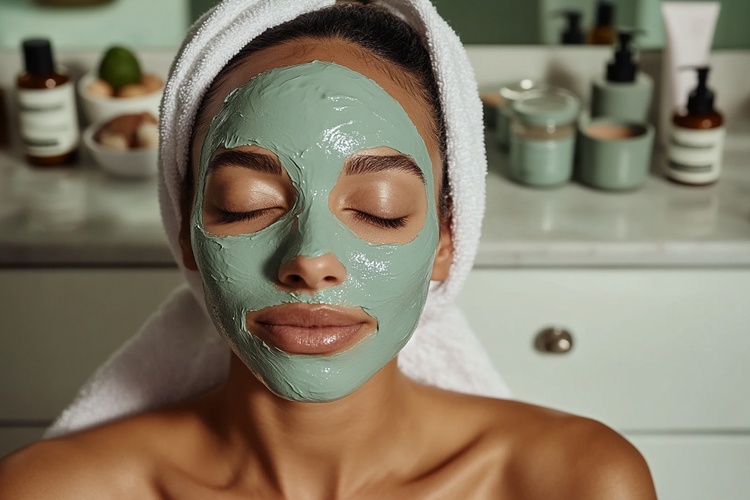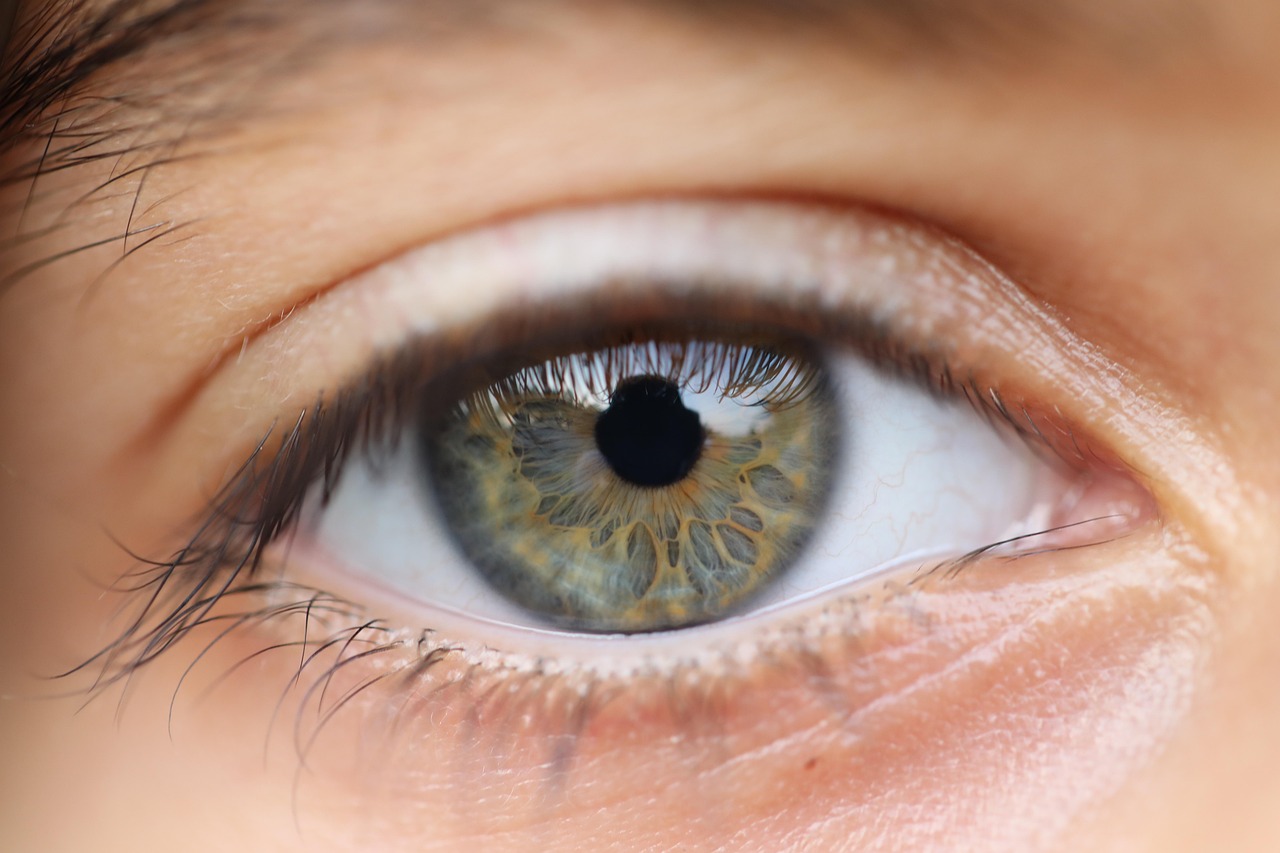Understanding the Science and Art behind Botox
As the old adage goes, "Beauty is in the eye of the beholder." However, the relentless pursuit of beauty, especially in the face of aging, has led to incredible advancements in aesthetic medicine. One of these is the use of Botox, a potent neurotoxin that has been harnessed to not only enhance beauty but also to treat a variety of medical conditions. This article will take you through a journey of understanding Botox, its historical context, current relevance, and its unique insights.
From Dangerous Toxin to Aesthetic Wonder
The story of Botox is an intriguing one. In the late 19th century, a German physician identified a bacterium known as Clostridium botulinum, which was associated with a severe form of food poisoning that caused paralysis. The bacterium produced a neurotoxin that blocked nerve signals, leading to muscle paralysis. Over a century later, in the 1980s, scientists found a way to use this powerful toxin to their advantage, ushering in a new era of non-surgical facial rejuvenation.
Initially, Botox was employed to treat strabismus (crossed eyes) and blepharospasm (uncontrolled blinking). The patients receiving these treatments reported fewer wrinkles around their eyes, and thus, the cosmetic use of Botox was born. Today, Botox is the most popular non-surgical cosmetic treatment globally, with millions of procedures performed each year.
The Contemporary Significance of Botox
Botox has revolutionized the field of aesthetic medicine, providing an alternative to more invasive procedures like facelifts and eyelid surgeries. By simply injecting the neurotoxin into specific muscles, it can smooth out frown lines, crow’s feet, and forehead wrinkles, giving the face a more youthful appearance.
It’s not just about vanity, though. Botox has also found significant use in treating a variety of medical conditions, including chronic migraines, excessive sweating, overactive bladder, and even some neurological disorders. Its versatility and safety, when administered by a trained professional, have solidified Botox’s position in aesthetic and therapeutic medicine.
Current Trends and Impact
In recent years, the use of Botox has seen a surge among younger individuals. Referred to as “preventative Botox,” it is based on the idea that treating expression lines early can prevent them from becoming deeply etched wrinkles in the future. This trend has sparked some debate in the medical community, with opinions divided on the appropriateness of this practice.
Moreover, the COVID-19 pandemic has influenced the Botox industry, with increased demand for treatments due to the “Zoom effect.” As people spend more time on video calls, they become more conscious of their appearance, leading to an uptick in Botox procedures.
Unveiling Unique Insights
While Botox’s popularity is undeniable, it’s worth noting that the treatment is not a one-size-fits-all solution. It requires a profound understanding of facial anatomy and the artistry to achieve natural-looking results. Overuse or incorrect placement can result in an unnatural, “frozen” look, diminishing the expressiveness that contributes to individual beauty.
Furthermore, Botox is ephemeral, with effects lasting three to six months. Therefore, it requires commitment and regular treatments to maintain the desired effects. While some view this as a downside, others appreciate the temporary nature, allowing them to adjust their aesthetic goals over time.
Reflecting on the Journey of Botox
The journey of Botox is a testament to the ever-evolving field of aesthetic medicine. What began as a dangerous toxin evolved into a tool for enhancing beauty and treating various medical conditions. Its popularity and application continue to grow, reflecting societal norms and the human desire for youth and beauty. However, it’s crucial to remember that while Botox can enhance one’s appearance, true beauty embodies much more than just physical attributes. It encompasses confidence, kindness, and authenticity, traits no injection can provide.





